Basements are the norm in America, so if you’re moving to California, you might be puzzled at the lack or at the odd “basements” that California does have. Instead of basements, traditionally, Californian houses include a small area below the house used for large appliances, and here are the main reasons why.

California homes don’t commonly have basements. This can be mistaken as a safety measure for seismic activity, but in reality, basements are safe as long as they are built according to code. The real reasons come down to Post-World War II housing development, frost lines, expense, and tradition.
1. Post-War Houses Needed Quick Construction
Following the end of World War II and all the accompanying social and economic changes, there was an increased demand for housing, which resulted in a building boom, which shifted the focus of the industry to mass-production.
This included the housing and construction industries.
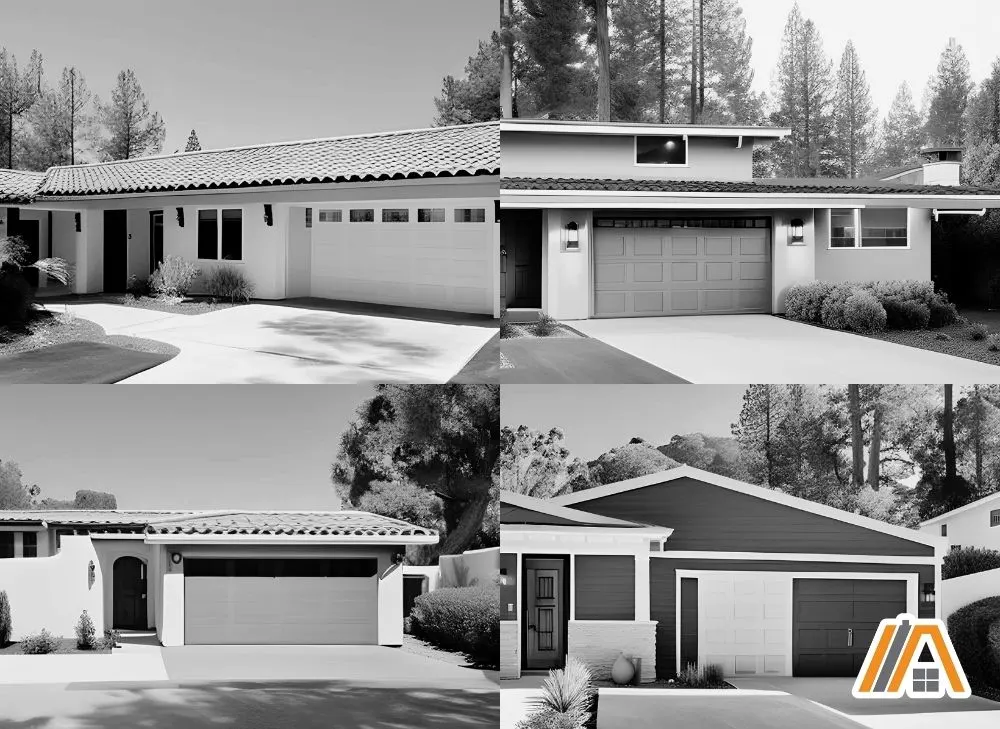
The building boom is also one of the reasons why Californian houses are so small.
Adding a basement was an extra step that slowed down the assembly-line type of construction, and so it was foregone in favor of turning out the important aboveground living areas as fast as possible.
Basements are often used to provide additional living space or bedrooms for larger families. However, the end of World War II saw the start of the suburban sprawl.
With the population spread over more land area, there was less need to increase the living space per unit of land area.
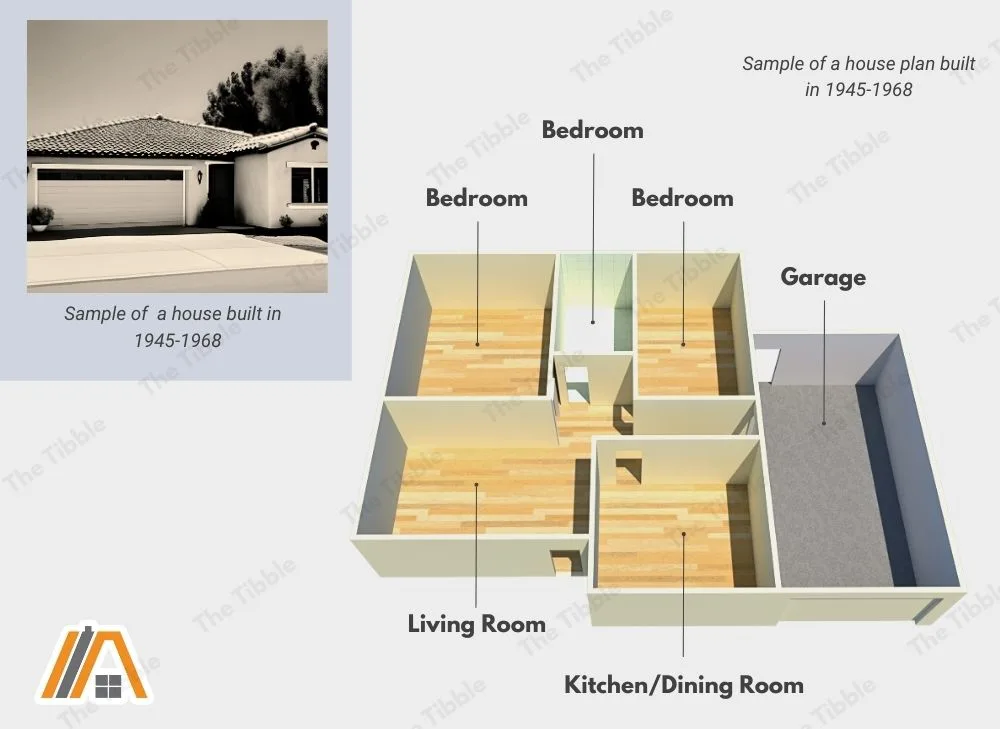
2. Misconceptions About Earthquakes and Basements
For a long time people assumed that the lack of basements in California had to do with the fact that earthquakes are common in the state. While this turns out to be a myth, some people still believe it to be the case.
The thinking behind this misconception was that with the movement of the earth, the structure of an underground room would be readily comprised.
This makes a lot of sense, which is why it was believed for so long. However, there are ways to construct basements that maintain their structural integrity in tectonically active regions.
We can look at the building codes of California to prove this.
Section R401 of the California Residential Code states that foundation and basement constructions must be done in accordance with local engineering standards and practices. The structure must be designed for flooding and to support soil loads.
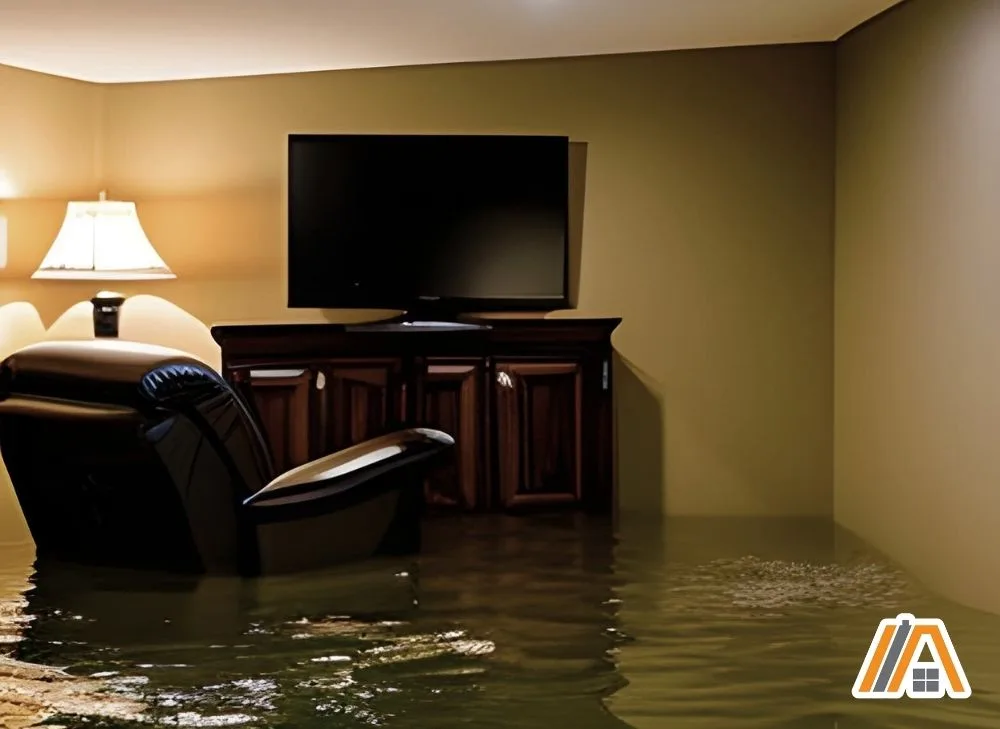
Section R402 also specifies the quality, strength, and treatment of wood and concrete materials to build a basement.
If basements were unsafe in California, the California Residential Code (which is intended to maintain health and safety in buildings) would clearly state that these areas are not permitted.
Basements may require special finishes and construction supports for the seismic activity in California, but there are no official issues with building a basement.
3. Frost Line Is Not Deep
States that have deep frost lines often have basements.
The IRC Section R403.1.4.1 states that foundations and building supports must be protected from frost and one method of doing so is by extending them beyond the frost line.
If your foundations are not below the frost line, you can expect them to degrade.
With the constant shifting of the ground as it changes temperature, your foundation will suffer. Cracking will occur, and with cracking, water is able to leak into your basement or the foundation walls and floor.
This lead to structural and water damage, which can only worsen over time, and you will have to go through a (potentially) large and expensive project to redo the foundations of your house.
You also have to protect your water pipes from frost and this can also be achieved by burying them below the frost line. Frozen water pipes can crack and leak, leading to wasted water, high utility bills, and water damage.
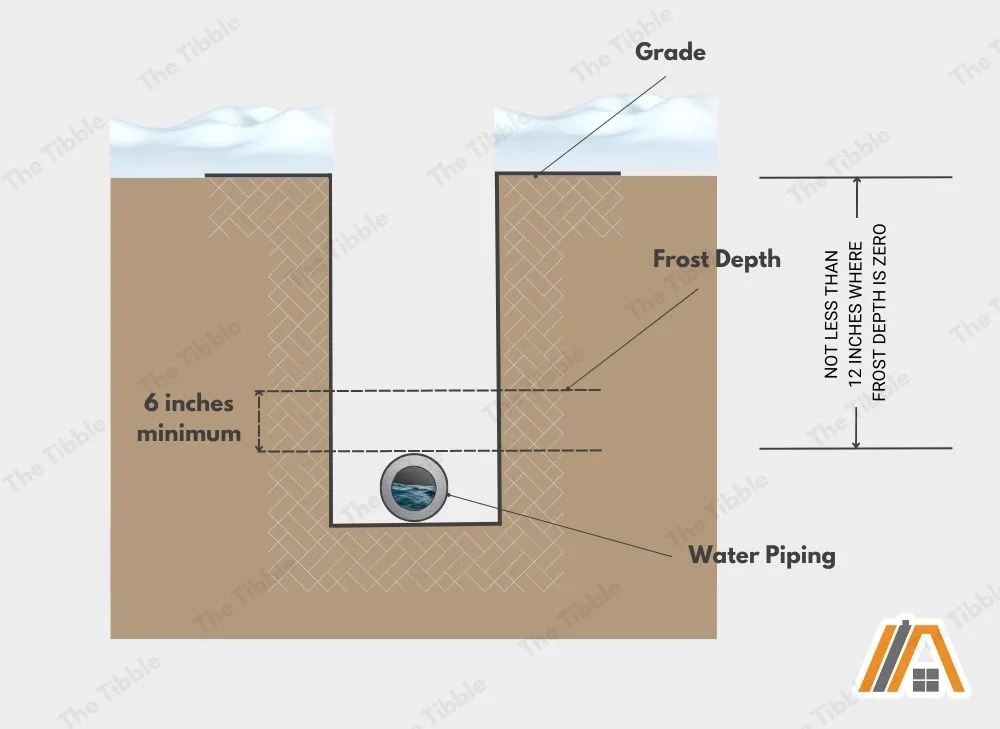
The depth needed for the foundations and pipes makes it convenient to just add extra living space below ground to provide enough access and properly utilize the space.
In California, the climate is warm enough to create a shallow frost line. You don’t have to dig so deep to protect the foundations and pipes, so creating a basement is done purely for the benefit of having the basement.
As such, the expense if often considered unnecessary in California.
4. Basements Are Expensive
If you are not making the best of a bad situation, i.e., you’re already digging to bury the foundations and pipes, basements become an expensive optional extra.
To build a full, unfinished basement, you can expect a bill of approximately $40,000. So, your wallet is going to take some abuse on this one.
Moreover, if you are opting to build the basement, you probably want to finish it and use it as additional living space.
You need a permit to finish your basement for use as a finished garage or living area, etc., which includes the extra cost for the permits and work needed for the project. The cost of finishing your basement ranges from $22,000-$46,000.
As you can see, it is a hefty price to pay for an area if a basement is not necessary for your climate.
Often Cheaper to Add Space Aboveground
There are several uses for a basement area: a laundry room, bedroom/suite, family room, or garage. However, if basements are not standard parts of house construction in your state, it is likely going to be cheaper to add the space aboveground.
For example, to build a garage in California, the average cost is $44,210. This means that a professional construction of an aboveground garage is going to cost you half of what it would take to construct a basement and convert it into a garage.
If you make it a DIY project, your highest cost comes in buying the materials, for which you can pay $5,000-$25,000.
5. Californian Climate Makes Insulation Tricky
California is, of course, hot and desert-like, which means that temperatures can be scorching during the day and drop significantly at night.
There are laws spanning most of California that require insulation of foundation walls and cavities such as basements. This is to assist with energy-saving.
But there are some tricky aspects to insulating a Californian home well.
Insulation needs to allow for cooling during the day and holding heat during the cool nights. This means that you need to select the insulation you use carefully.
6. No Basement Has Become the Traditional Design
Since basements are unnecessary in California and they were excluded from home designs during the housing boom, having no basement has become the norm.
It is also less costly and time-consuming for contractors to skip digging holes for basements and maintaining that equipment. They also have to deal with waterproofing, which is quite a process.
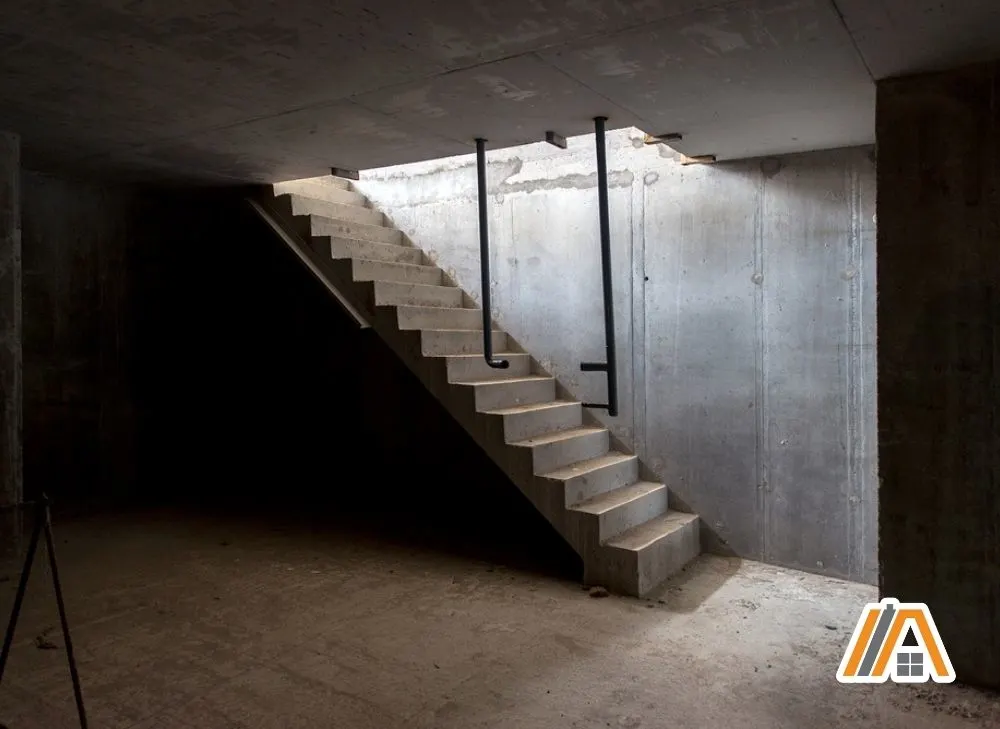
So, building a basement is expensive for both the contractors and the homeowner, and over the years, California has developed and maintained the tradition of building houses without basements.
Few contractors will even consider that in the planning unless you specifically request it.
Are Basements Illegal in California?
Basements themselves are not illegal in California. They are covered in the state building codes; they would not be if they were illegal.
However, there are situations where basements can be illegal.
Previous owners may have retrofitted basements into their property. If the basement was built without permits and approval (or even finished without a permit), you might find yourself with an illegal basement.
You may be able to get a retrospective permit and turn the basement into a legal addition. But it will have to pass inspection, which leads us to the other situation in which basements are illegal in California.
If you got a permit for your basement, but the construction of it contravened building codes, then it is illegal. Now, the permit is supposed to ensure code-compliance, but cases can fall through the cracks.
What Is A “California Basement”?
At the beginning of this article, I mentioned that Californian homes have small areas below the house for extra storage space. This is known as a California basement.
A California basement is a faux or mini basement. It is, in fact, an excavated hole that sits beneath the ground floor of the house. It does not span the entirety of the foundation, and it would not be possible to use as a living basement.
California basements are intended to house appliances, pipes, and ductwork, so it does not take up space in the house but has no uses beyond that.
You cannot convert this type of basement into a living space, as it would not be big enough. These rooms are also built without habitation in mind and lack many of the polishes that even unfinished basements have. Such as proper sealing and sufficient space for movement.
Commonly, you will find boilers and furnaces in the California basement.
Other countries were where basements are rare are Australia and England. There are many proposed reasons for this, but only some of them are true. Read Why Don’t Houses in Australia Have Basements and Basements: Why Are They Uncommon In England if you are interested in learning more.
Sources
https://www.latimes.com/home/la-hm-basement-side-20150509-story.html
https://www.rgscontractors.com/why-some-southern-states-dont-have-basements/
https://homeguide.com/costs/foundation-cost
https://homeguide.com/costs/cost-to-finish-a-basement
https://www.angi.com/articles/how-much-does-it-cost-build-garage.htm
https://www.finehomebuilding.com/1998/11/01/why-no-basements-in-california
